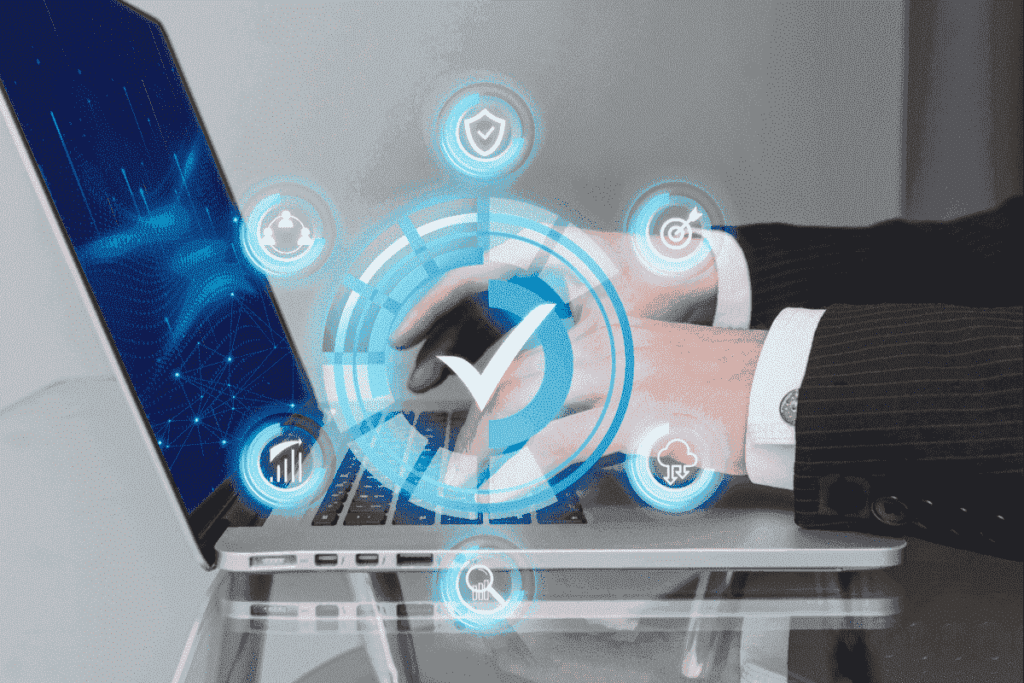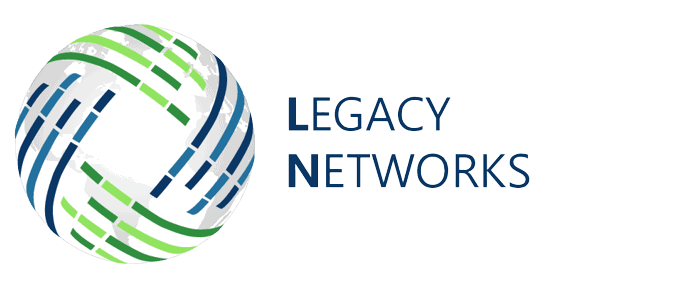Unveiling the Secrets of IoT Deployment Cost Analysis
By providing creative solutions and chances for expansion across several industries, the Internet of Things (IoT) has completely changed the way organizations run. However, before embarking on an IoT deployment, it is crucial to conduct an in-depth IoT deployment cost analysis. For a successful deployment and long-term return on investment (ROI), it is crucial to comprehend the overall cost, which includes hardware and software costs as well as continuing maintenance and security costs.

We will examine the main elements and aspects that affect the overall Internet of Things deployment cost in this blog article, giving you important information you can use to make wise choices. So let’s start.
Infrastructure Costs
Infrastructure serves as the basis for every Internet of Things implementation. The price of connection, sensors, gateways, and network infrastructure are all included in this. Depending on the scale and complexity of your project, these IoT deployment cost analysis factors can vary significantly. It is important to consider the number of devices, their deployment locations, and the type of connectivity required to estimate accurate infrastructure costs.
Development and Integration
Custom software development, API connections, and data analytics platforms are frequently used in the creation and integration of IoT solutions. These components have separate expenses associated with them, such as the hire of qualified developers, license payments, and continuing software upgrades. To guarantee that your Internet of Things system integrates easily with current infrastructure while keeping under budget, careful planning and evaluation are essential.
Data Management and Security
Managing and safeguarding such data becomes essential as a result of the enormous volumes of data that IoT implementations produce. Cost-effective data management solutions, including platforms for processing, storing, and analyzing data, are not free. Additionally, putting in place strong security measures to safeguard sensitive data from potential cyber attacks is crucial. The integrity and privacy of your Internet of Things environment will be guaranteed by investing in data management and security.
Maintenance and Support
In order to achieve optimum performance and reduce downtime, an IoT implementation needs constant upkeep and support. Regular firmware upgrades, device management, troubleshooting, and technical assistance are all included with this. It is crucial to budget for these Internet of Things deployment cost analysis factors and consider whether to outsource maintenance tasks or handle them in-house.
Scalability
Scalability becomes a crucial factor when your company develops and your IoT network grows. It may be necessary to upgrade infrastructure components, integrate new applications, or add more devices to your deployment in order to scale it up. You can prepare for the future and make sure your Internet of Things solution can adapt to changing demands by being aware of the possible expenses linked to scalability.
Training and Education
Your workforce must be properly trained if you want to take full advantage of your Internet of Things setup. Allocating funds for training and education is essential for solving simple problems like learning how to use new gadgets, analyzing data, or resolving little ones. You may enable your staff to use the IoT system efficiently by allocating funds for training courses and seminars, which will boost production and efficiency.
Return on Investment (ROI)
You cannot truly appreciate the whole cost of an IoT installation until you account for the potential returns. Analyzing the expected return on investment (ROI) in light of improved operational performance, cost reductions, and revenue generation is vital. Conducting a thorough cost-benefit analysis using IoT deployment cost analysis methods will provide a clearer picture of the long-term financial impact of your Internet of Things investment.
Conclusion
Conducting a comprehensive IoT deployment cost analysis is essential for effective planning, successful implementation, and maximizing ROI. By considering infrastructure costs, development and integration expenses, data management and security, maintenance and support, scalability, training and education, and ROI analysis, you can make informed decisions and achieve the desired outcomes from your IoT investment. Embrace the power of IoT in Business while managing your expenses wisely, and unlock the full potential of this transformative technology.





